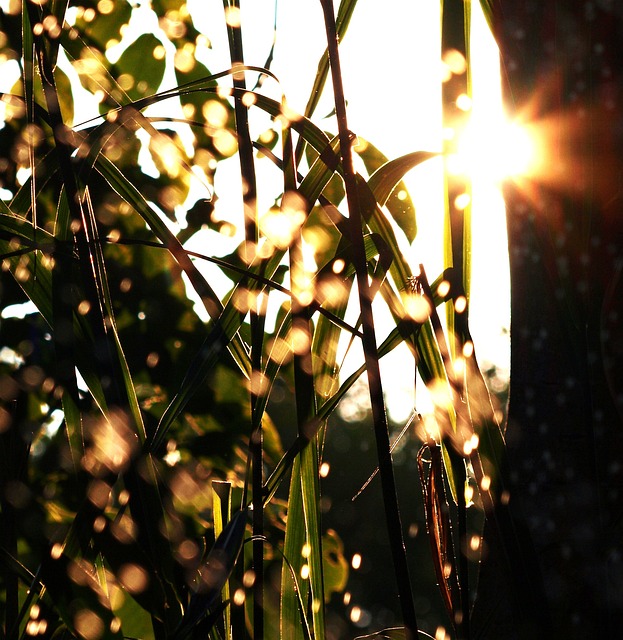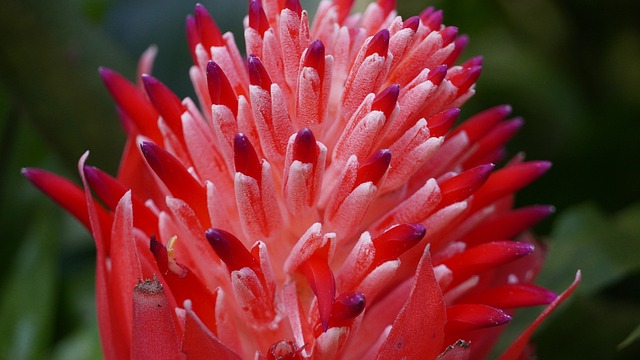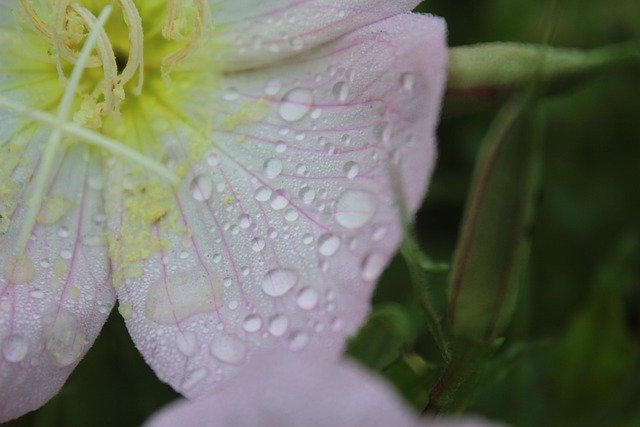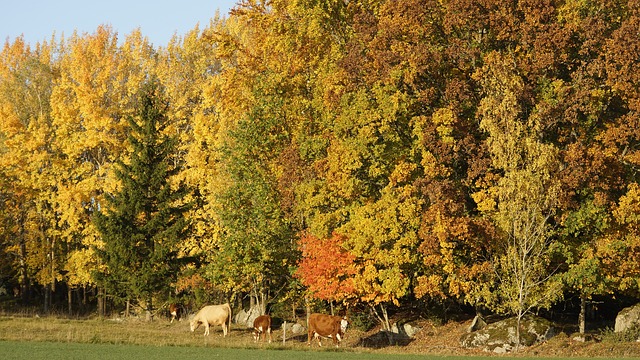bicho que come formiga 😀 Bicho Que Come Formiga: A Closer Look at the Ecological Role and Adaptations of Ant-Eating Species

Bicho Que Come Formiga: A Closer Look at the Ecological Role and Adaptations of Ant-Eating Species
In the intricate web of ecosystems worldwide, certain species have evolved to exploit niche resources, showcasing the remarkable adaptability of life. Among these specialized feeders is the enigmatic bicho que come formiga, or ant-eating creature, a term that broadly encompasses various species renowned for their predilection for ants as a primary food source. This report delves into the ecological roles, adaptations, and behaviors of these fascinating organisms, while reflecting on their significance within their habitats.
Ants, which are among the most abundant insects on the planet, form a crucial component of many ecosystems. Their social structures, foraging behaviors, and interactions with other species make them both a vital food source and a key player in nutrient cycling. The bicho que come formiga has adapted to exploit this resource effectively, demonstrating a range of specialized traits that enhance its survival and foraging efficiency.
One of the most notable adaptations of ant-eating species is their morphological features. Many possess elongated snouts and specialized tongues, enabling them to reach deep into nests or forage effectively on the ground where ants are abundant. For instance, certain anteater species have developed elongated, sticky tongues that can extend several centimeters, allowing them to extract ants from their colonies with remarkable precision. This evolutionary trait is complemented by their keen sense of smell, which aids in locating ant nests even beneath the surface.bicho que come formiga
Behaviorally, ant-eating creatures exhibit fascinating foraging strategies. Some species are solitary foragers, while others may exhibit social behaviors, coordinating with conspecifics to maximize foraging success. The timing of foraging activities often aligns with the peak activity periods of ants, which can vary by species and environmental conditions. This synchrony ensures that the bicho que come formiga capitalizes on the most abundant and accessible food sources.
Ecologically, these creatures play a critical role in regulating ant populations, thereby maintaining a balance within their ecosystems. By preying on ants, they influence the dynamics of ant colonies, which can have cascading effects on other species that interact with ants, including plants and herbivores. The removal of significant numbers of ants can lead to shifts in plant community structure, as certain plant species rely on ants for seed dispersal or protection from herbivores.bicho que come formiga

Furthermore, the presence of ant-eating species can indicate the health of an ecosystem. A decline in their populations may signal disturbances in the environment, such as habitat loss, pesticide use, or climate change, which adversely affect both ants and their predators. As such, monitoring these species can provide valuable insights into ecological changes and the overall integrity of habitats.bicho que come formiga

However, despite their ecological importance, many bicho que come formiga species face significant threats. Habitat destruction due to urbanization, agriculture, and deforestation has led to a decline in available foraging grounds and nesting sites for ants. Additionally, climate change poses challenges as temperature and precipitation patterns shift, affecting the distribution and abundance of both ants and their predators. Conservation efforts aimed at protecting the habitats of ant-eating species are essential not only for their survival but also for maintaining the delicate balance of the ecosystems in which they reside.
In conclusion, the bicho que come formiga exemplifies the intricate relationships that exist within ecosystems and highlights the remarkable adaptations that enable certain species to thrive on specialized diets. Their role as both predators and indicators of ecological health underscores the importance of preserving biodiversity and ensuring the resilience of ecosystems in the face of environmental challenges. As we continue to study and understand these fascinating creatures, it becomes increasingly clear that their conservation is vital not only for their survival but also for the ecosystems they inhabit. The future of the bicho que come formiga, and indeed the ecosystems they contribute to, depends on our commitment to safeguarding natural habitats and promoting sustainable practices that honor the complexity of life on Earth.
Fale conosco. Envie dúvidas, críticas ou sugestões para a nossa equipe através dos contatos abaixo:
Telefone: 0086-10-8805-0795
Email: portuguese@9099.com


